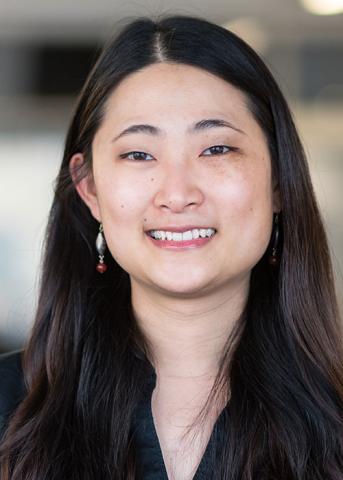How did you find your way to the UW?
I got my BS in animal science from the University of California, Davis, and then worked in a lab there while taking evening classes to get my MPH. After, and as part of my practicum, I worked for a nonprofit that helped disadvantaged communities to access safe drinking water. For my thesis, I developed a 12-week water justice curriculum for community leaders to learn more about organizing around the topic.
I wanted to further my training so that I could better assist and elevate communities, so I started looking for a PhD program in environmental health that already had strong community relationships. The UW was the place. It had great programs and fantastic faculty.
What are you most passionate about?
Environmental justice. I was raised with a social justice lens and have always recognized that each of us are stewards of our environment and communities. Also, I really like that it brings together different groups – academics, policymakers and communities – to achieve common goals. I hope my training will give me the tools to support communities whose voices are unheard.
What sort of research are you doing at the School of Public Health?
I’m working on two projects under the umbrella of environmental justice. In one, I’m working with state agencies and community coalitions that do state-wide policy work, alongside Edmund Seto. I’m helping to develop a tool that we’ve been calling the Environmental Justice Mapping Tool. We’re asking communities what environmental justice means to them. Is it air pollution impacting their lives or their vulnerability to sociodemographic issues that result in disparities? Then we map their responses. People can use the map to prioritize resources and learn about policies that can bridge the gaps.
I’m also working with Catherine Karr, who has a community-engaged research project focused on improving pediatric asthma outcomes in the Yakima Valley. I’m evaluating how the project is working and what can be improved.
Tell us more about the mapping tool.
It’s based on a tool in California called CalEnviroScreen. We’re adopting a lot of their model, but updating it to fit Washington’s unique landscape. Mapping is becoming a very powerful tool, not just for researchers, but also for communities to get their ideas and thoughts into a visible thing that policymakers can look at.
What are your future professional goals?
I’m hoping to stay in academia and become a researcher. I also want to emphasize teaching. I didn’t learn about the environmental justice framework until later in my training, but I think undergraduates are yearning for that information.
Why did you choose to study Environmental and Occupational Hygiene?
Our department is unique in that it merges the two together. Recent literature has shown that occupational vulnerabilities can be a proxy measure or determinant for socioeconomic status, since we spend so much time at work than at home. I like that our department has the expertise of both.
Find out more about the PhD program in Environmental and Occupational Hygiene.

